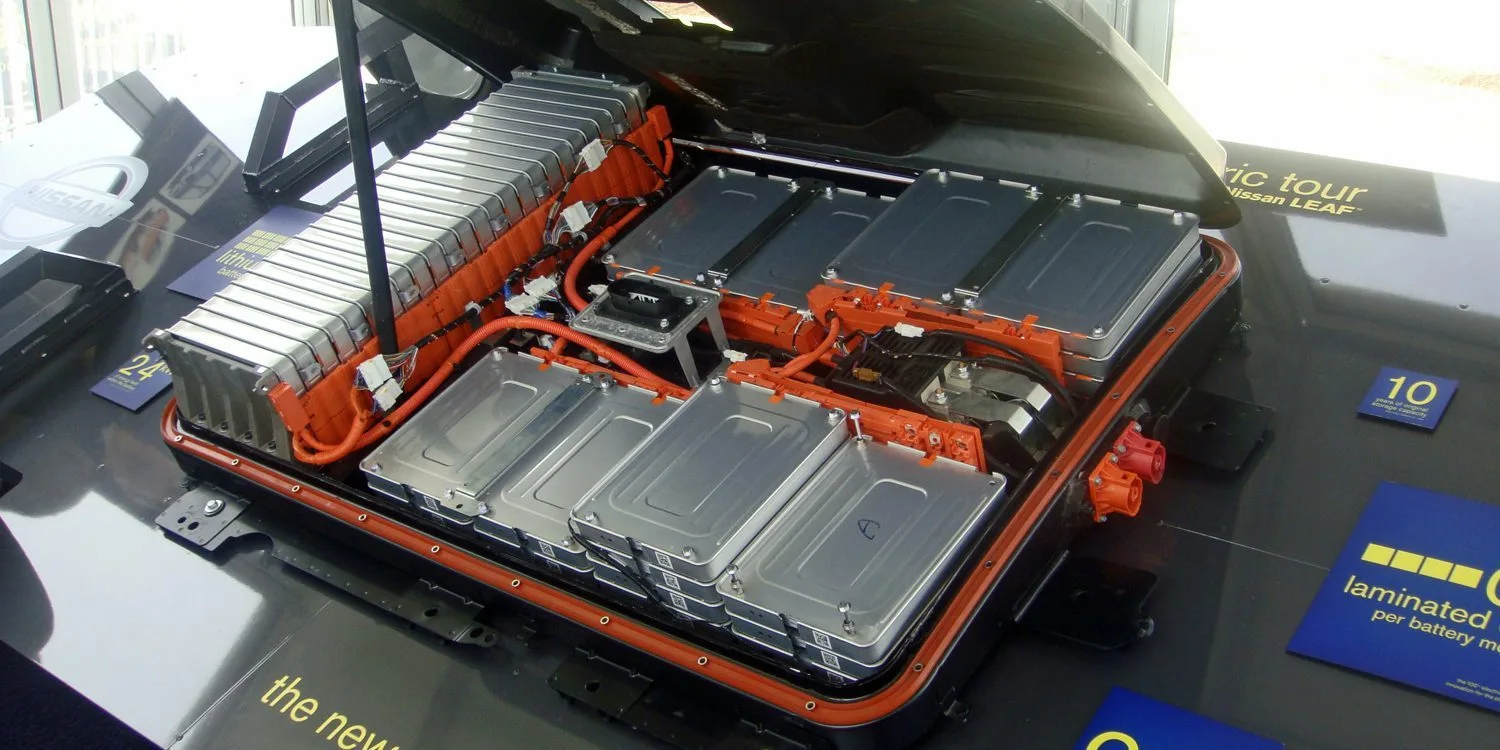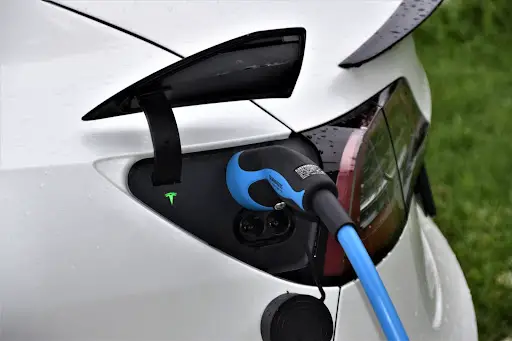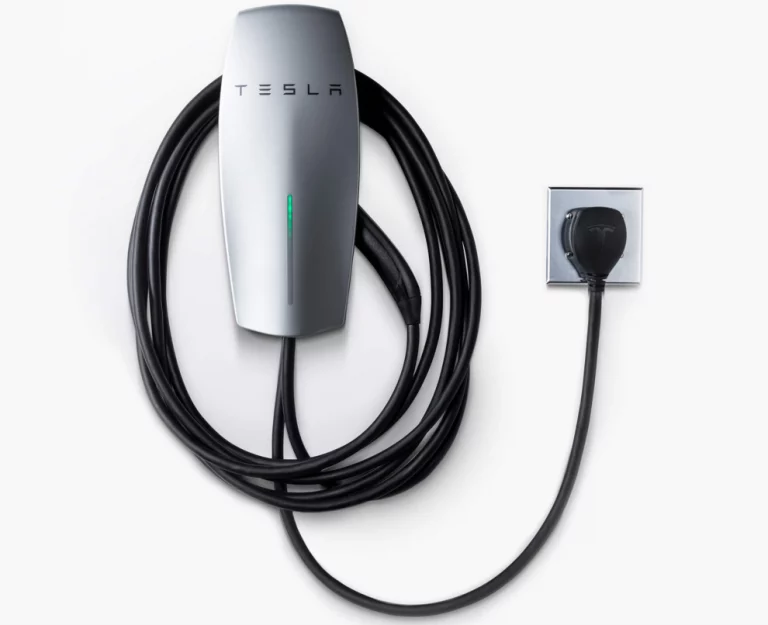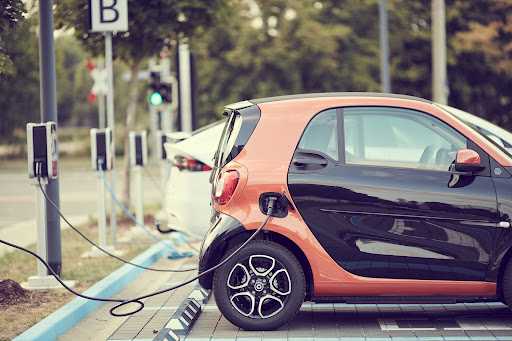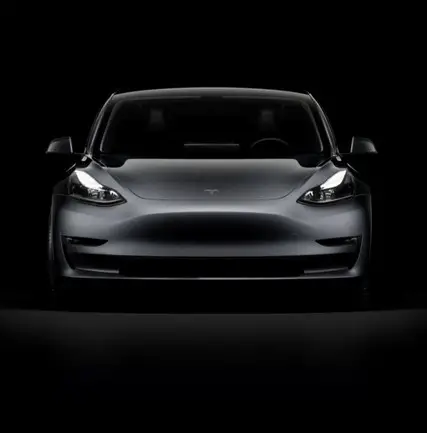Can You Add More Batteries To An Electric Car?
Electric car manufacturers are constantly working to increase the capacity of their batteries to make these cars more appealing to a wider group of customers. If you’ve heard of Fiat Centoventi, a concept car with an upgradable and modular battery pack, you may think that adding batteries to an EV can be a great idea to beat range anxiety. But is it ever possible to add batteries to an electric car?
Adding more batteries to an electric car is theoretically possible. However, it’s not practical because of the technological, safety, and space limitations. Adding new batteries will raise compatibility issues, require rewiring, and even lead to fire hazards.
This article will explore why adding more batteries to an electric vehicle is not practical and how you can raise your electric car’s range without adding more batteries.
Table of Contents
How Do Electric Car Batteries Work?
Today’s electric cars feature lithium-ion batteries, currently the most commonly used technology in the EV industry. Simply put, they change the chemical energy produced by lithium into electric energy to power the car. Each battery pack contains thousands of cells that work together to create enough energy for a certain length of time.
Based on this simple definition, adding more battery cells seems doable. However, it’s not as simple as adding a few more cells to the already installed battery pack. EV manufacturers don’t offer their products with this function, so if you try to add batteries to your current battery pack, you’ll face the following limitations:
Technological and Technical Limitations
The first limitation is technological, with batteries getting more advanced by the day. So, if you want to add more batteries to the existing pack, the chances are high that they’re not compatible or at least can’t complement each other. This incompatibility can even be hazardous and cause fire, which is too risky, and not many electricians will accept to do it for you.
Even if you use the same batteries, you’ll have technical issues. That’s because each cell has a separate mechanism for monitoring voltage, current, temperature, and overall health. Modern EVs have battery managers that communicate with each battery cell and manage their status.
The manager knows how many batteries are inside the car and manages them accordingly. So, if you add more batteries, it may refuse to accept them as part of the main battery pack.
The manufacturer adjusts these parameters in its own way, which can be different from other manufacturers. In addition, you’d need more wiring and wire gauging to connect these battery cells, which isn’t everyone’s job. That’s why it may void your car’s warranty.
Another consideration is that battery cells don’t discharge at the same speed. Manufacturers handle this issue using different methods, but adding another cell can lead to an imbalance in the behavior of the whole battery pack.
Even if you could overcome these limitations, you’d be adding more weight to the vehicle, creating another case of imbalance inside the car. If you increased the car’s weight, it would lead to more wind resistance because each car has a different way of balancing these things by streamlining the design and aerodynamics. So, adding more batteries may change this balance.
Space Limitations
Regardless of all the above limitations, limited space is another factor that won’t allow you to add batteries to an EV. That’s because manufacturers already use the entire real estate inside the car to put the maximum number of batteries. That’s why the only theoretical solution would be to carry the new battery pack outside the car on some kind of a trailer.
In that case, you’d have to consider safety and regulatory factors. Your local laws may not allow hauling a battery pack on a trailer behind an EV. Plus, manufacturers nest their batteries inside the cars, most often on the floor, to keep them secured against water or other damages.
Keeping a battery on a trailer doesn’t provide that level of security.
Cost Limitations
Due to all the above limitations, it would be wise to skip the idea of adding more batteries to your electric car. If you want to add more batteries to increase range, it’s better to purchase a high-range car from the beginning to avoid the extra cost and hassle.
Adding more batteries would be costly and requires a high level of expertise. And there’s no guarantee that it’s worth the cost because adding more batteries doesn’t lead to a direct increase in range. For example, if you double the number of cells, your range won’t double because some of the produced energy will be used to manage the extra weight.
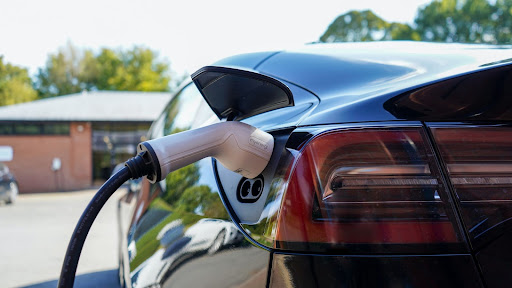
Swapping Out Batteries
With all that was said about the limitations of adding batteries to EVs, sometimes, you just have to change the battery. For example, your high voltage battery will eventually die at some point or lose its ability to hold a charge for a long time. However, that’s a completely different scenario, which the manufacturer predicts and supports.
If your car battery reaches the end of its life, you can take it to an authorized service center and have it swapped for a new one. You wouldn’t add more cells to your already installed packs. Instead, you’d replace the whole pack with a new one.
However, most EV manufacturers don’t allow you to upgrade your car battery to a higher-range one. That’s because they make these batteries last for the entire life of the EV, and it’s not necessary to upgrade them. The only EVs that come with this option are Tesla Roadsters to increase their range by upgrading to a higher model.
Another possibility is to increase range without adding batteries by unlocking some functions inside the car. Some manufacturers, such as Tesla, offer and sell their cars already equipped with more advanced features like more range. Their batteries are the same size but they may choose to gradually offer them through over-the-air updates or after the owners pay for these features.
That means their batteries have high capacity and range, but they’re software-limited in some models. So, the owner may need to pay extra to upgrade to a higher range battery.
Other manufacturers are following suit and offering OTA updates for their cars’ features, including batteries. It can be a promising sign that you don’t need to add more batteries to raise their range if the manufacturer has already put high-capacity batteries in the car.
How To Improve EV Range?
The primary reason for adding more batteries to an EV is probably improving range to make the car run for higher miles. Now that it’s not doable in the near future, although you may do it at your own risk, you should make do with your current car batteries and improve their range using other methods.
Currently, the only choice you have is to purchase a car with a bigger battery. Here’s what you can do to make your HV battery last longer.
Use the Energy Wisely
Energy conservation doesn’t only apply to home appliances; you can greatly lift your car’s range by using its batteries wisely. A large percentage of a battery’s charge goes for cooling or heating the car by the air conditioner or the heating seats.
While you could use less energy by lowering the AC degrees whenever possible, you can do other tricks to reduce energy consumption. When temperatures are extremely high or low, the car has to spend considerable energy to cool down or warm up the cabin.
Most EVs allow you to raise or lower the temperature before starting and getting in the car. You can program the car to defrost the windows or turn on the AC while plugged into the charger to ensure the car has more charge for driving.
Charge the Battery Correctly
Although EV batteries have a long lifespan, you can extend it by properly taking care of the battery. One of the most crucial things that can damage the lifespan and range of EV batteries is improper charging. Range anxiety might lead you to charge your car frequently, keeping it at full charge whenever you can.
However, this way of charging can damage your battery, leading to faster discharge rates over time. If your car has a li-ion battery, it’s best to keep it between 20% and 80% of charge all the time.
These batteries have a fixed lifespan in terms of how many times you can fully charge and discharge them (around 500 times). In addition, the last 20 percent of the charge is less powerful and heat up the battery faster.
Manage Your Speed
It’s a universally known fact that the faster you go, the more energy you’ll consume. This fact is even more serious in EVs because they have single-speed transmissions that means instant torque and much faster revs. These features make the engine work harder to reach higher speeds, negatively affecting range.
If you keep the speeds in a controlled range by planning the routes and avoiding high-speed highways, this energy consumption will considerably drop. Sat navs help you find the most efficient route to avoid depleting the battery fast. This way, you can also use your regenerative braking to add more miles to your battery range.
Another advantage of keeping things within a reasonable speed is that you can drive more smoothly without braking or accelerating aggressively. You can plan to handle junctions, corners, or roundabouts more effectively when you know what’s ahead.
Final Thoughts
Although adding more batteries to an EV is possible on paper, it’s not practical due to different technical limitations. If you add more batteries, the battery manager may not recognize them, or you may need to do intricate rewiring and wire gauging. Plus, more batteries will add to the vehicle’s weight, making it less effective and less energy-efficient.
That’s why you should make do with your current battery until car manufacturers develop the technology.
Amazon and the Amazon logo are trademarks of Amazon.com, Inc, or its affiliates.

